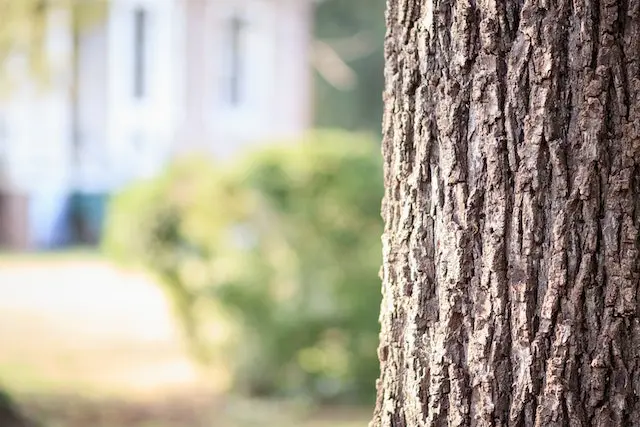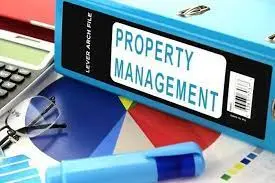Trees are living organisms that continuously grow and evolve, enriching most properties with shade, natural beauty, wildlife habitats, and environmental benefits. Although well-managed trees are generally safe and beneficial, hazardous trees pose serious risks if their warning signs are overlooked. Identifying and safely removing hazardous trees promptly is crucial to protecting your property and loved ones. Below are expert tips on how to recognize problematic trees and understand the correct methods for their removal to maintain a safe and healthy landscape.
1. Changes in the Bark
Sudden tears, cracks, or peeling in the tree bark often indicate internal decay or damage to the cambium layer—the critical region where growth cells divide. Signs such as scarring or brittleness suggest compromised structural integrity, increasing the risk of falling branches or tree failure. Identifying these symptoms early allows homeowners to act swiftly, as trees with cambium damage should be evaluated and potentially removed by professionals to ensure safety.
2. Browning Leaves
Browning leaves can indicate several issues, including drought stress, rot, or disease infestation. In trees with thick bark, the initial signs might appear in dying branches near the root collar. Rapid leaf discoloration and drop often reveal underlying dehydration or infection. To mitigate these risks, maintain consistent watering during dry spells and monitor soil moisture levels carefully. Avoid overwatering to prevent root rot, ensuring your tree remains healthy and resilient.
3. Tree Shrinking
Trees exhibiting wavy or distorted branches, excessive movement in the wind, or cycles of abrupt leaf loss may be suffering from stress-related diseases like Dutch elm disease or similar conditions. These stress indicators reflect instability that makes trees more vulnerable to damage during storms and high winds. Regular assessments can help detect these symptoms early, enabling preventive actions to protect your landscape.
4. Multiple Branches Growing in One Direction
Branches growing at parallel, narrow angles relative to the main trunk can weaken your tree’s structure, leading to increased branch failure and susceptibility to disease. These growth patterns often result in stress concentration points vulnerable to breakage during storms. Proper pruning or selective removal of problematic limbs by specialists can improve structural integrity and reduce long-term hazards.
5. Suckers on Trunks
Suckers—vigorous new shoots growing from a tree’s trunk—usually develop in response to injuries or stress. While often a sign of distress, these can divert valuable nutrients away from the main tree and may undermine its health. Prevent trunk wounds and seek professional assistance for appropriate removal or treatment to maintain tree vitality. Expert tree removal services tree service in Portland can provide safe solutions when necessary.
6. Dead Limbs
Dead limbs stem from various causes, including disease, aging, internal decay, or environmental damage. Branches dying from the base upward often indicate dehydration, while top-down dieback may signal infection or cambium damage. While minor dead limbs may be left in place if they don’t threaten safety, removing large or hazardous dead branches enhances property safety and promotes healthy growth.
7. Poor Structure
Trees exhibiting poor structural traits such as bending, splitting, twisting, or unnatural curvature often have underlying issues like internal rot, canker diseases, or insect infestations. These conditions compromise tree health and stability, elevating risks of limb or tree failure. Early diagnosis by a certified arborist is critical for managing these structural problems effectively.
8. White Spots on Leaves
White spots on leaves typically indicate insect feeding or fungal diseases. Concentrated patches of these spots suggest localized infestations that, if unchecked, can spread and weaken the tree. Regular inspection and timely interventions such as pest control or fungicide treatments help maintain tree health and longevity.
Conclusion
By monitoring these key indicators—bark changes, leaf discoloration, structural deformities, and signs of pests or disease—you can proactively identify hazardous trees on your property. Early detection facilitates timely maintenance and, if necessary, professional removal, preventing property damage and ensuring safety. For further guidance on tree care and hazard management, exploring expert resources and consulting certified arborists is highly recommended.
Additionally, if you want to learn more about 14 Home Improvements That Attract Serious Buyers, please visit our dedicated Real Estate category for in-depth information and helpful advice.
Maintaining a safe and vibrant outdoor environment requires regular tree health assessments. Knowledge of common hazard signs enables property owners to make informed decisions about tree care, including pruning, fertilization, or removal. Engaging professional arborists ensures that any intervention protects both the tree’s longevity and overall landscape safety. Staying vigilant against potential tree hazards not only safeguards your property but also contributes to preserving the ecosystem and enhancing neighborhood aesthetics.



